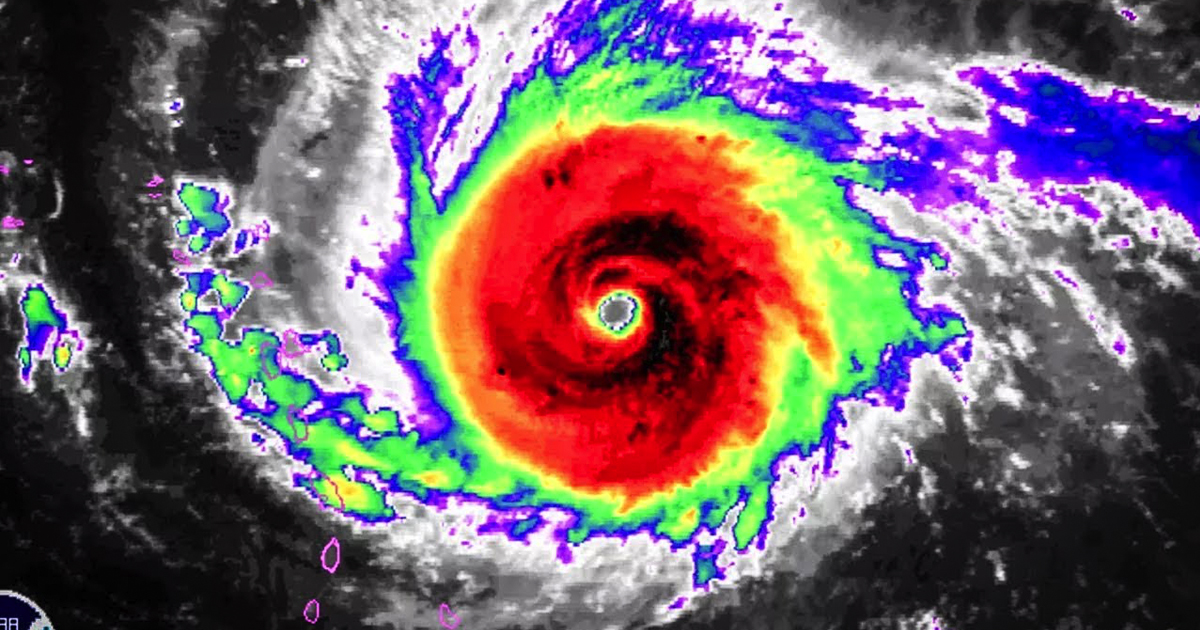Four years ago today, a massive earthquake off the coast of Japan caused a tsunami that killed more than 18,000 people and triggered a nuclear meltdown at the Fukushima Daiichi power plant. Officials say that the disaster will cost tens of billions of dollars and take 30 to 40 years to clean up.
The Guardian spoke to “key figures from the most critical days” of the crisis and to some of the victims forced to leave their homes due to the irradiated conditions.
“Old people in particular couldn’t adjust to life as evacuees and their health suffered as a result,” said Yuko Endo, Kawauchi village mayor. “On top of that, families lost their woodland, vegetable fields and everything else that had been passed on to them through the generations. With that, their self worth and pride was also lost and that made them deeply traumatised.”
Yoshimi Hitosugi said that the victims have gradually realized the enormity of what they lost as a result of the disaster, and that while they are being compensated for things with monetary value they lost, “… losing our beautiful surroundings isn’t thought worthy of any compensation.”
With no real idea what the long-term effects of the radiation will be, people in the region are trying to get back to normal life. Yuko said his village began growing rice again in 2013, but are having a hard time selling it on the open market.
“[We] have suffered from harmful rumors about contamination from radiation,” he said.
Former Prime Minister Naoto Kan said he recently asked Tokyo Electric Power Company (TEPCO), which was in charge of maintaining the Fukushima plant at the time of the disaster, what the current radiation levels are in one of the reactors. He was told by TEPCO president [Naomi] Hirose that they were 70 sieverts.
“A human would only have to be there four or five minutes before they died,” said Naoto. “So that’s the situation now.”
“We used to be able to walk in the mountains and drink the water,” said Michihito Endo, a Tomioka resident forced to evacuate. “to enjoy ourselves without a care in the world. That’s no longer possible. It’s very hard to take.”
“I get very angry when I think about how TEPCO and the government promoted the construction of so many nuclear power plants,” continued Michihito. “I don’t think that nuclear power plants and humans can coexist.”
Watch the full video from The Guardian.




